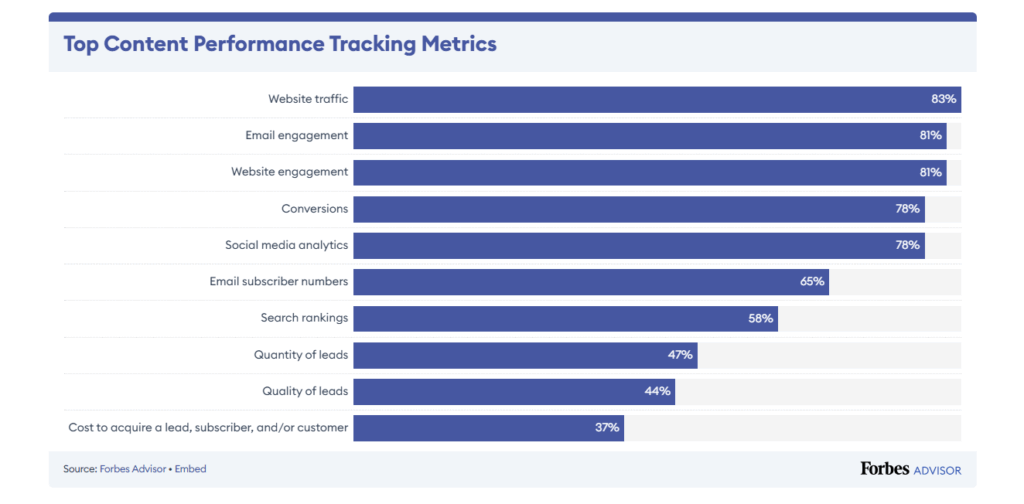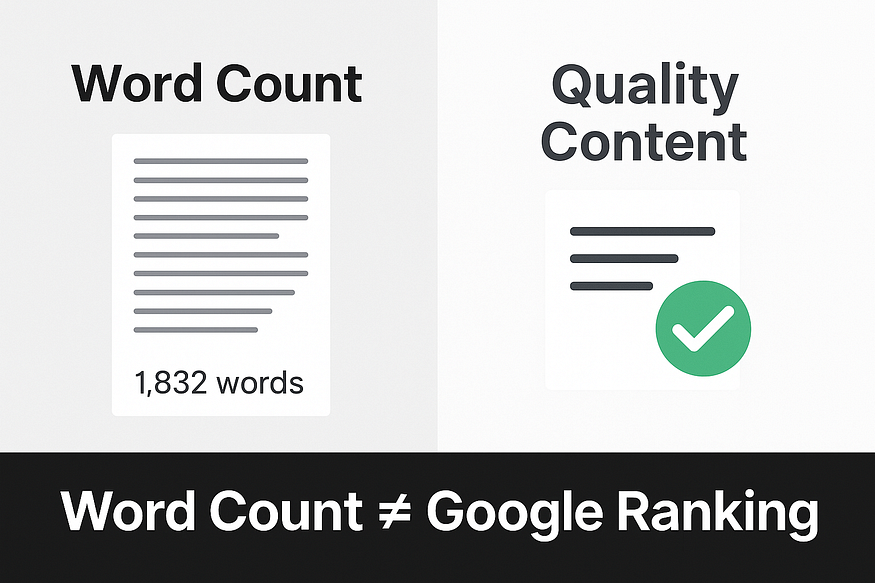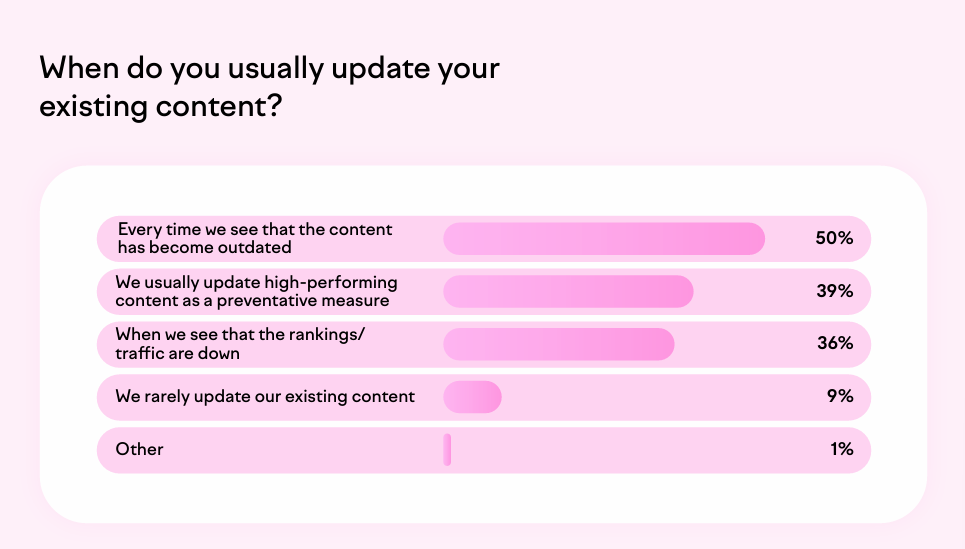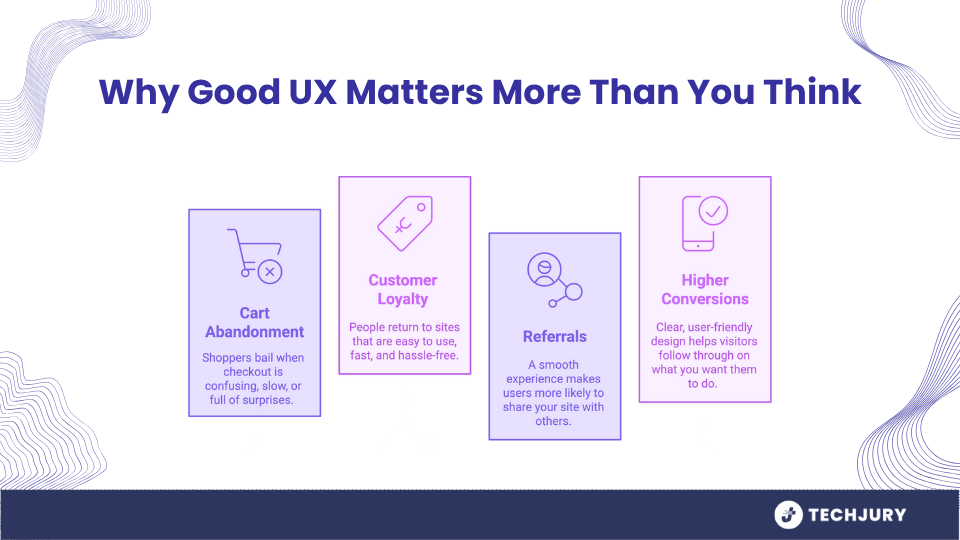Every few months, Google releases updates that reshape how websites rank in search results. These adjustments, whether minor or major refinements, often create tension among site owners and marketers. Fluctuations in rankings can be difficult to interpret, especially when traffic declines without warning. This recurring pressure cycle is now referred to as algorithm anxiety—the uncertainty that comes with each Google core update.
- Understanding the Real Purpose Behind Google Updates
- How to Monitor the Impact of a Google Core Update
- What to Do Before the Next Google Algorithm Update Hits
- Stay Search-Ready Through Every Update with DMP
The recent Google core update 2025, rolled out in June, disrupted traffic trends across various industries. Emphasizing content relevance and user trust, the update prompted many websites to reassess their performance. However, while algorithm updates can cause significant changes in rankings, a strong strategy helps maintain stability and visibility in search results.
Understanding the Real Purpose Behind Google Updates
Before responding to an update, it’s important to remember why these changes happen. Google doesn’t adjust its algorithm for disruption. Every update is designed to improve how content is evaluated, ranked, and aligned with search intent. The primary goal is always the same: improving the user’s experience by delivering reliable and relevant results.
Given that Google processes over 5 trillion searches annually, even minor shifts in ranking accuracy can impact millions of search results. These changes became especially noticeable during Google core algorithm updates, where websites that relied heavily on outdated tactics, such as keyword stuffing, often experienced performance drops. In contrast, websites structured with helpful content and aligned with Google SEO practices were better positioned to stay competitive in search.
How to Monitor the Impact of a Google Core Update
Staying calm when visibility declines requires careful evaluation of multiple data points. This includes tracking performance over time and looking beyond rankings alone.
To evaluate Google’s algorithm updates effectively, consider the following:
1. Observe Before Acting
It’s important not to jump into action immediately after an update. Rather than reacting to a one-day drop, wait for trends to settle as algorithm rollouts rarely finish overnight. According to Google’s documentation, core updates can take several weeks to fully roll out. For example, the June 2025 core update took 16 days to complete.
That’s why it’s better to observe patterns than to respond swiftly to algorithm changes. Review which pages were affected and assess whether the impact was broad or limited. Comparing performance before and after the update helps understand where shifts occurred and what might have caused them.
2. Analyze Traffic Quality and User Behavior
Once the rollout is completed and confirmed by Google, examine bounce rates, time on site, and conversions. These metrics offer more insights into whether the core update affected visibility, relevance, or search intent. Evaluating these signals makes way for informed improvements rather than reactive fixes.
A drop in traffic may result from updated systems that reduce the visibility of spam-like or manipulative content, which helps surface more relevant results to users.

Image from Forbes Advisor
3. Avoid Drastic Changes
Rushing to delete or rewrite content following a Google core update can harm long-term performance. It might remove valuable material or lead to over-adjustments based on assumptions that no longer reflect how Google evaluates content. Effective SEO is strategic, not shaped by short-sighted adjustments.
Identify root causes and test minor changes first. This is especially important since core updates often target content quality, trust signals, or technical issues. Reviewing affected pages may reveal thin information, slow loading times, or structural inconsistencies that reduce readability and user experience.
4. Stay Informed with Trusted Sources
Not every opinion about the update is useful. Instead of crowd-sourcing advice, follow reputable SEO researchers or verified specialists. An SEO expert in the Philippines who tracks trends across regions can offer more relevant insights based on local search behavior.
Agencies and consultants with access to multiple site analytics can identify broader trends faster. This perspective helps refine strategies with better accuracy.
What to Do Before the Next Google Algorithm Update Hits
Google is continually working to improve the search experience, which means updates can happen at any time. Sites that remain stable during and after these changes aren’t just well-optimized, they are grounded in strategy. Consistency in content value, structural integrity, and intent clarity limits the impact of shifting algorithm signals.
Here are practical ways that support lasting SEO performance, even as Google continues to refine its ranking systems:
1. Focus on Clarity and Usefulness Over Word Count
Search engines now prioritize content that directly satisfies user needs. Approximately 66.4% of marketers observed a positive correlation between higher word count and improved search rankings. However, longer content didn’t automatically lead to better rankings.
Pages that addressed the query directly and provided relevant information performed more consistently across various search types. For example, a page that delivers what users need in 800 words is more impactful than a 2,000-word page that lacks structure or direction. This approach supports more stable rankings over time, even during unpredictable Google update rollouts.

Image from Medium
2. Refresh and Expand Existing Content
High-ranking pages from previous years might lose traction if they haven’t been updated. Old posts that still attract traffic should be revisited and reviewed. Refreshing data, updating links, and enhancing topical relevance can boost user engagement and better align content with Google’s algorithm updates. In fact, 53% of marketers have seen better engagement and rankings after updating existing content. This makes it a practical strategy for long-term performance.

Image from Semrush
3. Build a Site That Prioritizes Experience
Google evaluates how users interact with content. Sites that offer easy navigation, fast load times, and minimal distractions tend to keep visitors engaged and crawl more efficiently. These factors contribute to performance signals that are reassessed during a Google core update. Considering that a seamless browsing experience across devices matters to over 80% of users, addressing mobile readability and eliminating disruptive pop-ups can help maintain visibility during search adjustments.

Image from Techjury
4. Strengthen Internal Linking and Page Hierarchy
Effective internal linking improves site structure and distributes link authority. It also helps lower-level content remain visible in search results. Avoid isolating pages by connecting related topics using consistent anchor text within clusters. Adding at least two or three internal links per page can improve both user navigation and how search engines interpret page relationships.
5. Monitor Performance Trends and Reassess Strategy
Google’s Search Quality Rater Guidelines emphasize long-term relevance and reliability. Following the June 2025 core update, Google continued to prioritize trust, relevance, and a user-first experience—especially in how content appears in AI Overviews.
Monitoring performance in Google Search Console helps detect patterns early. A consistent decline in impressions may suggest the content no longer aligns with current search standards. Revising strategy through E-E-A-T principles can help reestablish alignment with how Google evaluates content quality.
6. Diversify Ranking Strengths
A well-rounded SEO strategy helps reduce the impact of unexpected ranking changes. Avoid relying solely on backlinks or targeting a limited set of search terms. Instead, use schema markup, improve page titles for clarity, and incorporate multimedia content that enhances user understanding.
A credible SEO agency Philippines often balances content, technical optimization, and authority-building efforts. This comprehensive approach often leads to more consistent performance during algorithm shifts.
Stay Search-Ready Through Every Update with DMP
Each Google core update presents an opportunity to evaluate performance, refine strategy, and make focused adjustments. Rather than undertaking a full rebuild, the focus should remain on staying responsive. This approach helps reduce the pressure that often comes with ranking shifts and keeps strategies aligned with sustainable results.
Digital Marketing Philippines (DMP) helps businesses stay ahead of algorithm changes through data-backed strategies and consistent technical refinement. With over a decade of experience, our team understands how to adapt, analyze, and strengthen visibility, no matter how search behavior moves.
Don’t wait for the next update to test your strategy. Contact us today and let DMP turn that algorithm anxiety into long-term SEO clarity.
References:
https://www.searchenginejournal.com/how-to-recover-from-a-google-update/516034
https://searchengineland.com/data-providers-google-june-2025-core-update-was-a-big-update-459226
https://searchengineland.com/google-core-update-what-to-do-439940
Jomer B. Gregorio is a well-rounded expert when it comes digital marketing. Jomer is also known as a semantic SEO evangelist and practitioner. Check out our Digital Marketing Services today and let us help you in achieving positive and profitable results for your business.
